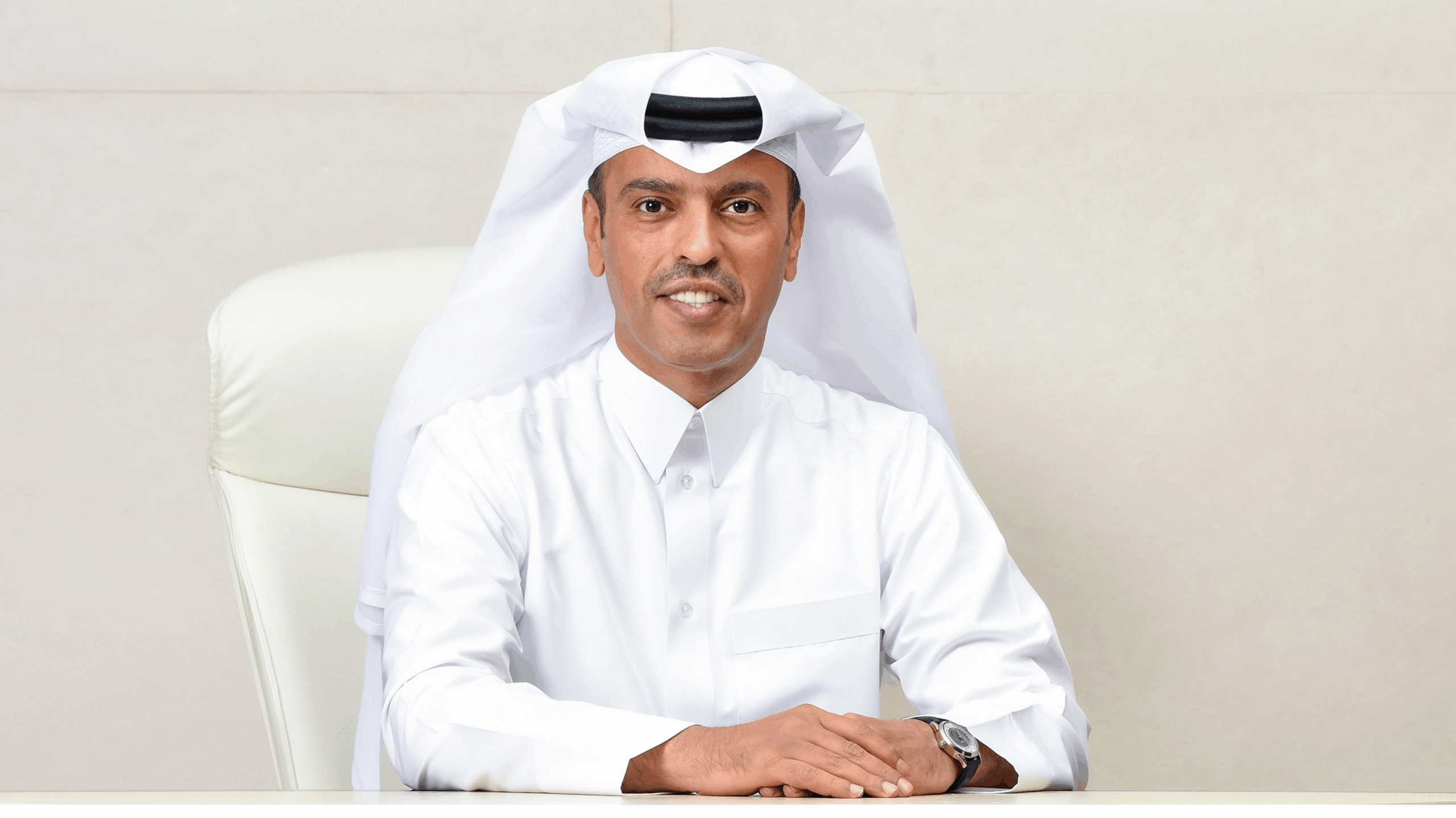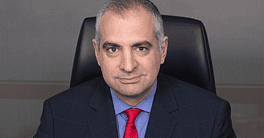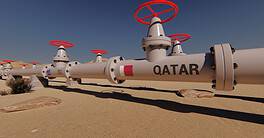Regional expansion boosts profits, and positions banks for further growth.

In July, Banque Misr, Egypt’s second-largest lender, was the first foreign bank to receive a license to operate in Somalia. Chairman Mohamed Mahmoud Ahmed El-Etreby told the press that he was looking forward to helping develop the country’s financial sector, creating new business opportunities and increasing bilateral trade volume and investments.
Investing in a place like Mogadishu—one of the world’s poorest cities, with an international reputation for crime and terrorism—doesn’t seem like the wisest business decision for a bank. However, it’s all part of a bigger plan. Banque Misr repeatedly declared that it was looking to expand in at least 20 African countries in the coming years.
It isn’t the only Egyptian bank to look southeast for new markets. National Bank of Egypt, Cairo’s biggest bank, opened its first branch in Juba, South Sudan, in June. In 2020, Commercial International Bank, Egypt’s largest private lender, acquired 51% of Kenya’s Mayfair Bank and established an office in Ethiopia.
With a banking culture that dates to the late 1800s and a solid financial sector, Egyptian lenders often enter African markets from a position of strength. As they expand in the Horn of Africa, they enter countries with shallow banking penetration and few local players.
On the other side of the continent, Morocco’s leading lenders have also been scaling operations south of the Sahara for about two decades. According to a 2021 study by the Ecofin agency, Moroccan banks have a nearly 30% market share of bank accounts in countries such as Benin, Nigeria, Ivory Coast, Togo, Senegal, Mali, Niger and Guinea.
Buy, Disrupt and Settle
Morocco has a long-established and solid financial sector. Moroccan banks started their African expansion in the early 2000s, mainly in French-speaking countries.
“We are an African bank, and it is natural for us to invest in Africa,” says Ismail Douiri, co-CEO of International Retail Banking and Specialized Financing Subsidiaries at Attijariwafa bank. Morocco’s biggest bank received a license to set up in Senegal in 2005 before growing to operate in 15 African countries.
|
Bank |
Assets ($) |
Country |
|---|---|---|
| Standard Bank Group | 172.9 billion | South Africa |
| National Bank of Egypt | 124.9 billion | Egypt |
| Absa Bank | 87.8 billion | South Africa |
| FirstRand | 81.9 billion | South Africa |
| Nedbank Group | 78.6 billion | South Africa |
| Attijariwafa | 63.8 billion | Morocco |
| Banque MIsr | 57.9 billion | Egypt |
| Banque Centrale Populaire | 49.4 billion | Morocco |
| BMCE Bank Group | 37.3 billion | Morocco |
| Investec Bank | 29.9 billion | South Africa |
| Source: Business Insider 2022 |
Moroccan banks typically enter a market by merging with or acquiring a local lender. Unlike Egyptian banks that predominantly stick to trade finance and high-net-worth individuals, Moroccan players offer a variety of financial products ranging from retail to capital markets, asset management and even insurance.
“Our ambition as a disruptive financial actor is to bring innovative funding options for all of our clients, be they a large firm or a small enterprise, a startup or a retail client,” says Abdeslam Bennani, deputy managing director in charge of International Affairs at Banque Centrale Populaire (BCP). This Moroccan bank took its first steps in sub-Saharan Africa in the late 1990s through acquisitions in Guinea, the Central African Republic and Mali.
In 2012, the bank took its African strategy to the next level when it acquired Banque Atlantique Group, a financial group operating in seven countries. BCP now operates in 17 African markets.
Help In Times Of Crisis
Building a presence in Africa is helping these banks diversify revenue streams and spread risks over multiple geographies, which typically have some of the world’s strongest economic growth.
Before the pandemic, in 2019, Morocco’s GDP growth stood at 2.5%; Ivory Coast recorded 6.2%, Burkina Faso 5.7%, Guinea 5.6%, Senegal 4.4%, and Mali 4.8%. Even in 2020, sub-Saharan Africa was less affected by Covid-19 than many other regions.
“The African banking market is one of the most dynamic in the world in terms of growth and profitability and should remain solid despite the global recession,” says Bennani. “In the context of a sharp decline in banking activities, our international subsidiaries—especially in Western Africa—kept up our rhythm of loan distribution.”
While Egypt is one of the continent’s largest and most dynamic economies, diversification also helps lenders in times of crisis at home.
Financial Inclusion Advantage Point
Betting on underbanked countries is risky, but offers opportunities to capture new customers and try new ways of banking.
“Although there are strong regional, socioeconomic and political disparities, the African banking market has real potential because it hasn’t reached full maturity,” says Bennani.
Morocco and Egypt have one advantage: They are familiar with the continent’s main banking dilemma, financial inclusion.
“Our teams contributed to the rapid development of financial services in Morocco. … We are therefore seeking to replicate our successful business model in new territories where the low penetration of financial services is similar to what we faced,” says Douiri.
In Africa, the number of people with a bank account went from 170 million in 2012 to almost 300 million in 2017. That figure is expected to be 456 million by the end of 2022. Banking penetration is increasing quickly, but with mobile money and fintech, banks can tap into even bigger client pools.
According to McKinsey, African fintech companies generated between $4 billion and $6 billion in 2020—between 3% and 5% of the continent’s total financial sector revenue, which could increase eightfold by 2025.
“It is becoming clear that comparing fintechs to traditional banks does not capture the reality on the ground. The digital transformation of traditional players, the trust they inspire clients and regulators, and the opening of banks’ systems to a wider ecosystem make them more resilient. On the other hand, fintechs can find win-win cooperation models whereby they can deploy their services to a wider client base without additional risks or costs,” says Douiri.
Boost Continental Development
As they support public- and private-sector investment in key sectors of sub-Saharan economies, the banks of Morocco and Egypt are also engaged in the long-term transformation of the continent.
“In the countries where we operate, we see socioeconomic change materialize. They are looking increasingly like attractive markets that can yield profit,” says Bennani.
“We seek to contribute to the economic integration of the African continent through support for African companies in their regional expansion and the promotion of trade between the countries of presence,” adds Douiri.
The next milestone for regional integration will be the full implementation of the African Union–led African Continental Free Trade Area, which is supposed to create a free-trade zone spreading over 55 countries. According to the World Bank, this could increase trade volume on the continent, raise total income by 9% and pull 50 million people out of extreme poverty by 2035.
Now that they are established, Morocco’s and Egypt’s banks can act as gateways for other international players that want to step into Africa.
For instance, in 2019, Attijariwafa signed a memorandum of understanding with one of Japan’s leading lenders, Mizuho Bank, to help develop Japanese business in Africa. BCP signed a similar agreement with Sumitomo Mitsui Banking Corporation, Japan’s second-largest bank. To further facilitate trade finance, Egyptian banks have established a presence in the United Arab Emirates, Saudi Arabia and China.



